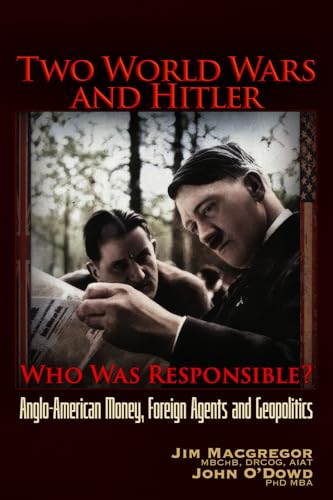
The Great and Holy War
by Philip Jenkins
"How World War I Became a Religious Crusade"
Popularity
4.54 / 5
* A book's popularity is determined by how it compares to all other books on this website.
Where to buy?
Buy from Amazon* If you buy this book through the link above, we may receive a small commission at no extra cost to you.
The Great and Holy War by Philip Jenkins
Details
War:
World War I
Perspective:
Researcher
True Story:
Yes
Biography:
No
Region:
Europe
Published Date:
2014
ISBN13:
9780062105097
Description
Main Themes and Topics
The Great and Holy War by Philip Jenkins explores the pervasive influence of religion on the First World War. Jenkins illuminates how the major Christian nations involved depicted the war as a holy crusade, intertwining religious rhetoric with nationalist fervor. The author delves into the supernatural beliefs prevalent among the soldiers and civilians of the time, such as visions and angels, which played a significant role in shaping the war's narrative. By examining the spiritual dimensions of the conflict, Jenkins highlights a period where divine imagery and apocalyptic language projected the war as a religious struggle, impacting global spiritual and political landscapes.
Writing Style and Tone
Jenkins employs a narrative style that is both engaging and scholarly, making complex historical and religious themes accessible to readers. His tone is authoritative yet captivating, blending detailed historical analysis with compelling storytelling. This approach enables readers to grasp the profound impact of religious beliefs on the wartime psyche and comprehend the broader global implications unfolded by this "holy war."
Brief Summary (no spoilers)
In The Great and Holy War, Jenkins provides a groundbreaking analysis of World War I through the lens of religion. By examining the war as a religious crusade, he reveals how spiritual beliefs and apocalyptic visions were not just background noise but central influences that directed the actions and motivations on both the battlefield and the home front. The book carefully connects the dots between religious fervor and the socio-political aftermath of the war, offering insights into how the conflict contributed to significant historical developments throughout the 20th century.









